CONCERNS OVER EARTHQUAKE AFTERSHOCKS
입력 2022.09.21 (15:23)
수정 2022.09.21 (16:45)
읽어주기 기능은 크롬기반의
브라우저에서만 사용하실 수 있습니다.
[Anchor Lead]
A magnitude-4.6 earthquake struck in waters close to Japan on Sept. 19. As earthquakes are frequent around the globe these days, the latest tremor has raised concerns about a more powerful earthquake that could strike the Korean Peninsula. Here's more on the cause of the latest tremor and the possibility of aftershocks.
[Pkg]
An earthquake occurred 144km to the east of Ulsan in Japanese waters. The epicenter was located far from Korea. No tremors were reported in the country. According to the Ministry of Trade, Industry and Energy, the earthquake did not affect nuclear power plants. However, the public seems concerned that a more powerful quake could strike Korea, as the world has been rattled by strong earthquakes recently. The epicenter of the latest tremor was just 1,600 km and 1,100 km from the epicenters of the earthquakes that hit Taiwan and Okinawa, respectively. The Korea Meteorological Administration says it's unlikely the two earthquakes were related.
[Soundbite] Park Sun-cheon(Korea Meteorological Administration) : "The distance was too long to affect the waters southeast of Ulsan and the scale was relatively small."
Experts believe the latest quake occurred in the Tsushima-Koto fault zone, which is prone to earthquakes. The magnitude-5.0 earthquake that struck off the coast of Ulsan in 2016 also occurred in the same zone. Small aftershocks are expected for the time being, as the latest quake was quite large in scale. What's particularly concerning is that a more powerful earthquake may occur in the Tsushima-Koto fault zone.
[Soundbite] Prof. Hong Tae-kyung(Yonsei Univ.) : "Given the records of earthquakes in that zone and the time when they struck, earthquakes of magnitude 7 or higher are likely to occur there."
If a powerful earthquake occurs in the zone, which consists of reverse faults moving up and down, it can produce a tsunami. Experts say Korea and Japan must conduct a joint study as the fault zone is located in the waters of both countries.
A magnitude-4.6 earthquake struck in waters close to Japan on Sept. 19. As earthquakes are frequent around the globe these days, the latest tremor has raised concerns about a more powerful earthquake that could strike the Korean Peninsula. Here's more on the cause of the latest tremor and the possibility of aftershocks.
[Pkg]
An earthquake occurred 144km to the east of Ulsan in Japanese waters. The epicenter was located far from Korea. No tremors were reported in the country. According to the Ministry of Trade, Industry and Energy, the earthquake did not affect nuclear power plants. However, the public seems concerned that a more powerful quake could strike Korea, as the world has been rattled by strong earthquakes recently. The epicenter of the latest tremor was just 1,600 km and 1,100 km from the epicenters of the earthquakes that hit Taiwan and Okinawa, respectively. The Korea Meteorological Administration says it's unlikely the two earthquakes were related.
[Soundbite] Park Sun-cheon(Korea Meteorological Administration) : "The distance was too long to affect the waters southeast of Ulsan and the scale was relatively small."
Experts believe the latest quake occurred in the Tsushima-Koto fault zone, which is prone to earthquakes. The magnitude-5.0 earthquake that struck off the coast of Ulsan in 2016 also occurred in the same zone. Small aftershocks are expected for the time being, as the latest quake was quite large in scale. What's particularly concerning is that a more powerful earthquake may occur in the Tsushima-Koto fault zone.
[Soundbite] Prof. Hong Tae-kyung(Yonsei Univ.) : "Given the records of earthquakes in that zone and the time when they struck, earthquakes of magnitude 7 or higher are likely to occur there."
If a powerful earthquake occurs in the zone, which consists of reverse faults moving up and down, it can produce a tsunami. Experts say Korea and Japan must conduct a joint study as the fault zone is located in the waters of both countries.
■ 제보하기
▷ 카카오톡 : 'KBS제보' 검색, 채널 추가
▷ 전화 : 02-781-1234, 4444
▷ 이메일 : kbs1234@kbs.co.kr
▷ 유튜브, 네이버, 카카오에서도 KBS뉴스를 구독해주세요!
- CONCERNS OVER EARTHQUAKE AFTERSHOCKS
-
- 입력 2022-09-21 15:23:06
- 수정2022-09-21 16:45:18
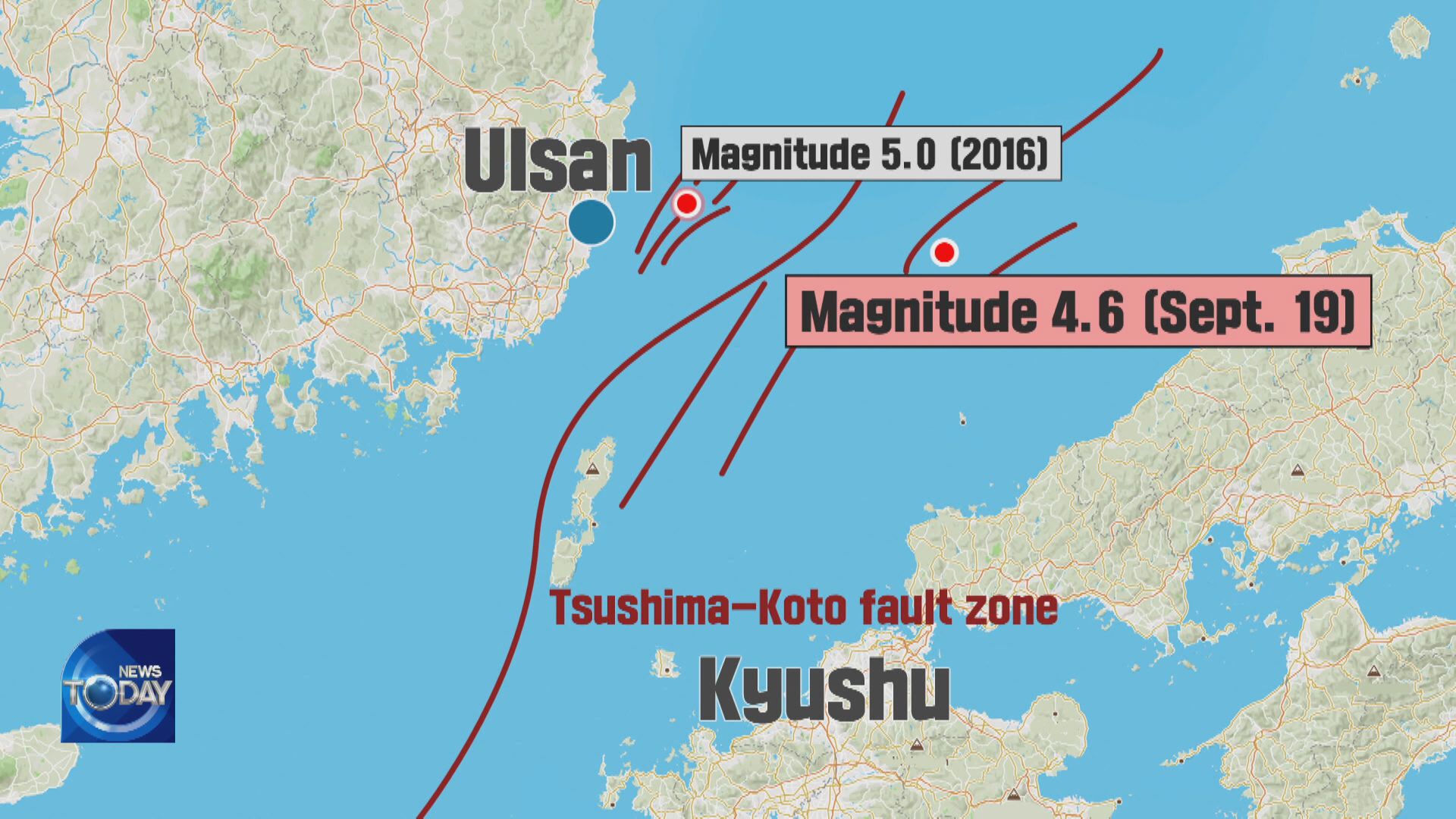
[Anchor Lead]
A magnitude-4.6 earthquake struck in waters close to Japan on Sept. 19. As earthquakes are frequent around the globe these days, the latest tremor has raised concerns about a more powerful earthquake that could strike the Korean Peninsula. Here's more on the cause of the latest tremor and the possibility of aftershocks.
[Pkg]
An earthquake occurred 144km to the east of Ulsan in Japanese waters. The epicenter was located far from Korea. No tremors were reported in the country. According to the Ministry of Trade, Industry and Energy, the earthquake did not affect nuclear power plants. However, the public seems concerned that a more powerful quake could strike Korea, as the world has been rattled by strong earthquakes recently. The epicenter of the latest tremor was just 1,600 km and 1,100 km from the epicenters of the earthquakes that hit Taiwan and Okinawa, respectively. The Korea Meteorological Administration says it's unlikely the two earthquakes were related.
[Soundbite] Park Sun-cheon(Korea Meteorological Administration) : "The distance was too long to affect the waters southeast of Ulsan and the scale was relatively small."
Experts believe the latest quake occurred in the Tsushima-Koto fault zone, which is prone to earthquakes. The magnitude-5.0 earthquake that struck off the coast of Ulsan in 2016 also occurred in the same zone. Small aftershocks are expected for the time being, as the latest quake was quite large in scale. What's particularly concerning is that a more powerful earthquake may occur in the Tsushima-Koto fault zone.
[Soundbite] Prof. Hong Tae-kyung(Yonsei Univ.) : "Given the records of earthquakes in that zone and the time when they struck, earthquakes of magnitude 7 or higher are likely to occur there."
If a powerful earthquake occurs in the zone, which consists of reverse faults moving up and down, it can produce a tsunami. Experts say Korea and Japan must conduct a joint study as the fault zone is located in the waters of both countries.
A magnitude-4.6 earthquake struck in waters close to Japan on Sept. 19. As earthquakes are frequent around the globe these days, the latest tremor has raised concerns about a more powerful earthquake that could strike the Korean Peninsula. Here's more on the cause of the latest tremor and the possibility of aftershocks.
[Pkg]
An earthquake occurred 144km to the east of Ulsan in Japanese waters. The epicenter was located far from Korea. No tremors were reported in the country. According to the Ministry of Trade, Industry and Energy, the earthquake did not affect nuclear power plants. However, the public seems concerned that a more powerful quake could strike Korea, as the world has been rattled by strong earthquakes recently. The epicenter of the latest tremor was just 1,600 km and 1,100 km from the epicenters of the earthquakes that hit Taiwan and Okinawa, respectively. The Korea Meteorological Administration says it's unlikely the two earthquakes were related.
[Soundbite] Park Sun-cheon(Korea Meteorological Administration) : "The distance was too long to affect the waters southeast of Ulsan and the scale was relatively small."
Experts believe the latest quake occurred in the Tsushima-Koto fault zone, which is prone to earthquakes. The magnitude-5.0 earthquake that struck off the coast of Ulsan in 2016 also occurred in the same zone. Small aftershocks are expected for the time being, as the latest quake was quite large in scale. What's particularly concerning is that a more powerful earthquake may occur in the Tsushima-Koto fault zone.
[Soundbite] Prof. Hong Tae-kyung(Yonsei Univ.) : "Given the records of earthquakes in that zone and the time when they struck, earthquakes of magnitude 7 or higher are likely to occur there."
If a powerful earthquake occurs in the zone, which consists of reverse faults moving up and down, it can produce a tsunami. Experts say Korea and Japan must conduct a joint study as the fault zone is located in the waters of both countries.
이 기사가 좋으셨다면
-
좋아요
0
-
응원해요
0
-
후속 원해요
0










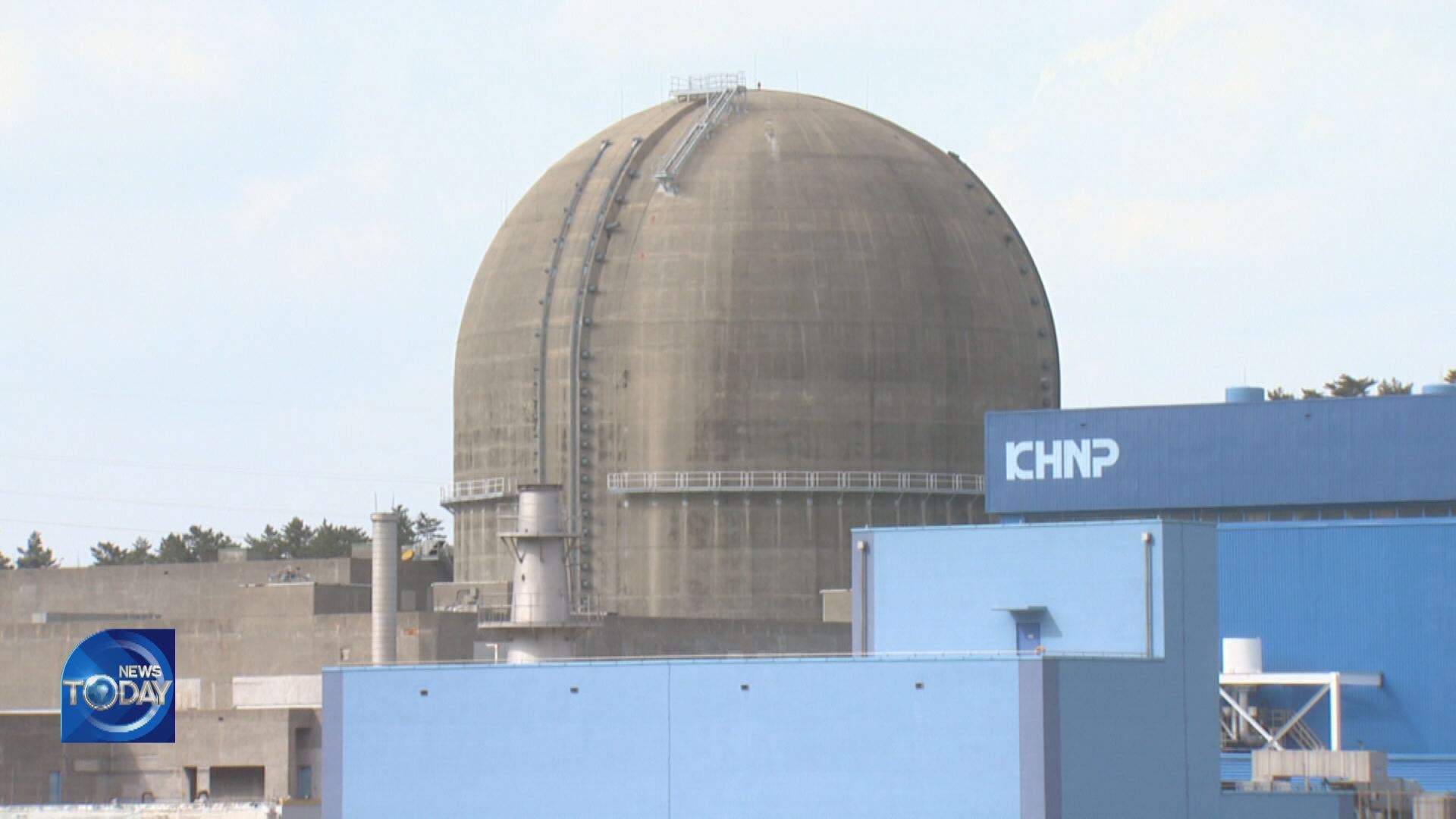
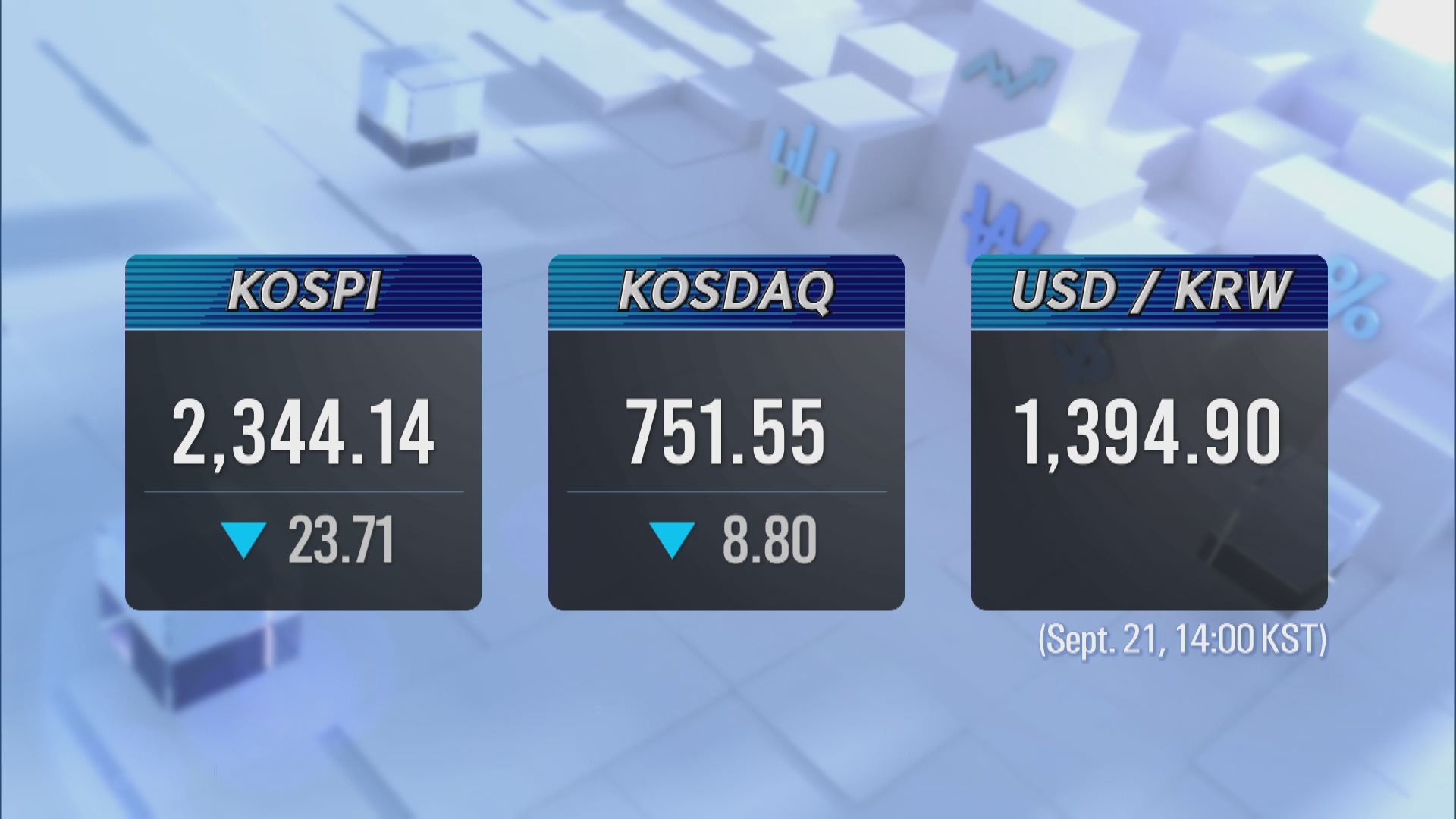
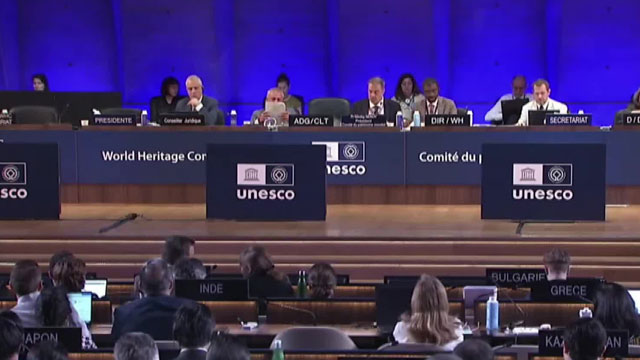
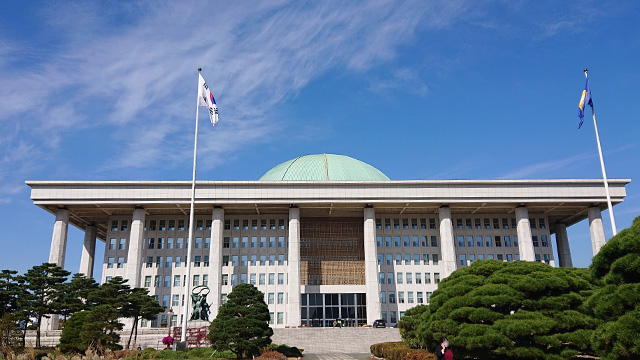
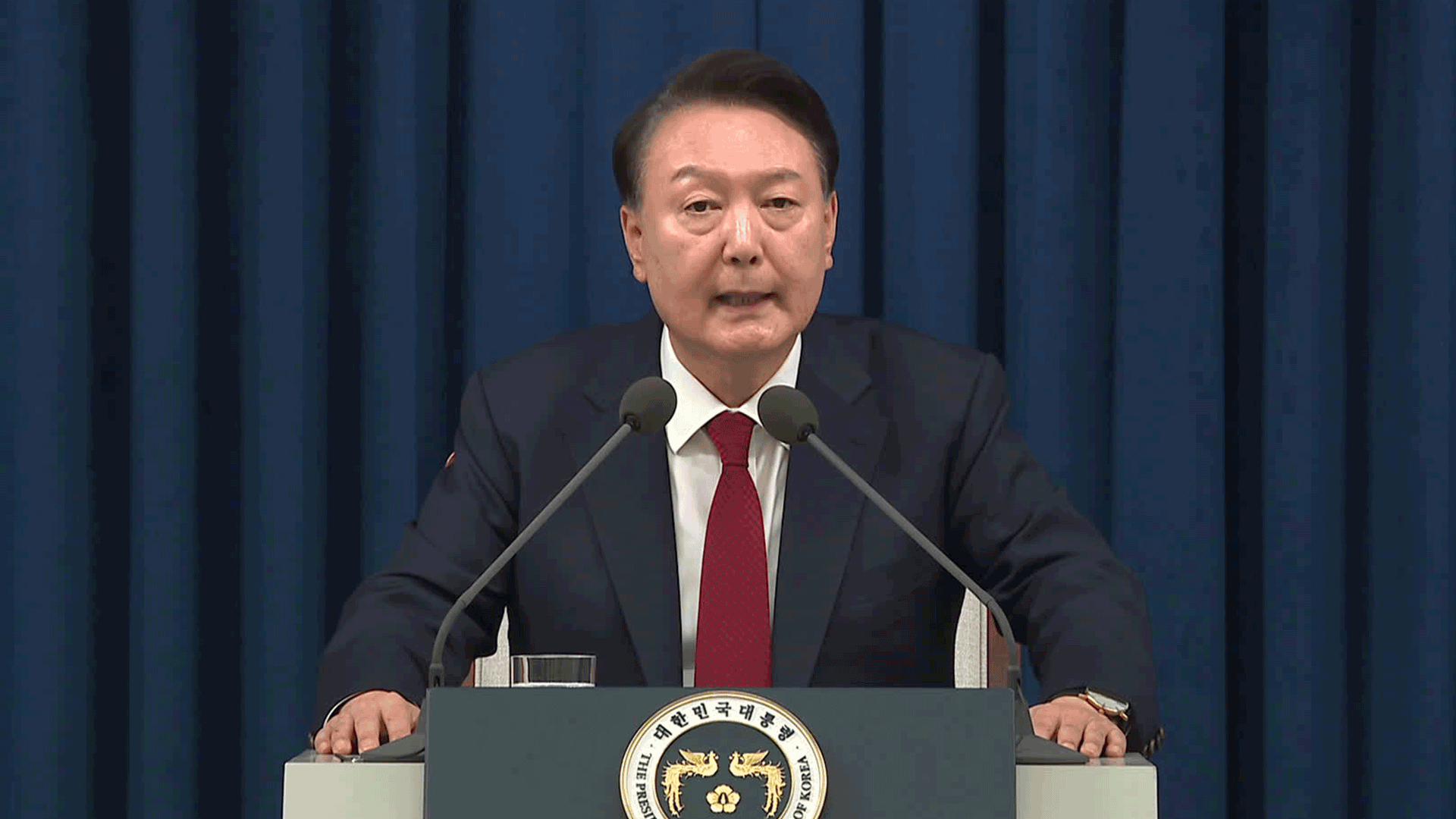
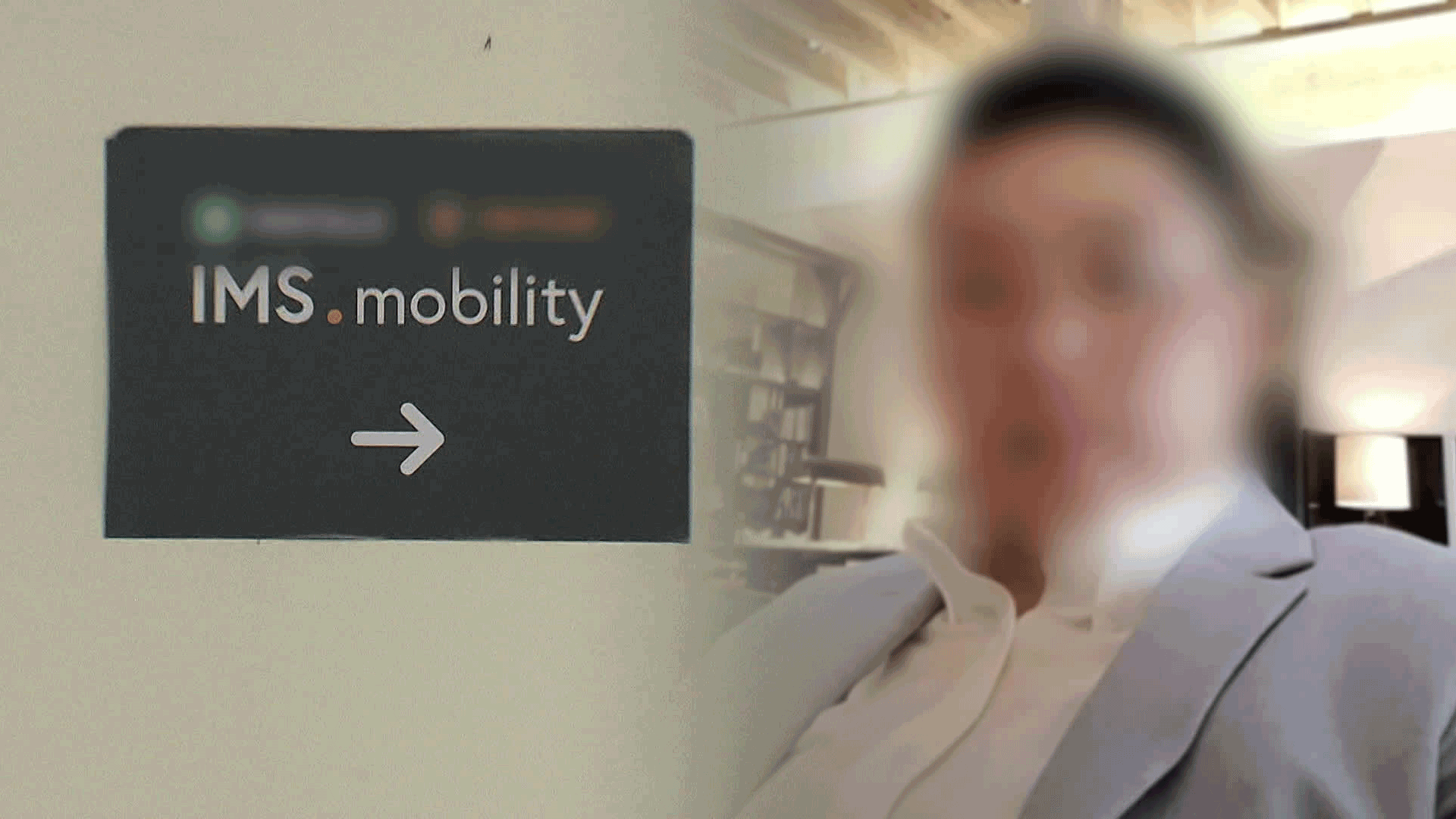

이 기사에 대한 의견을 남겨주세요.